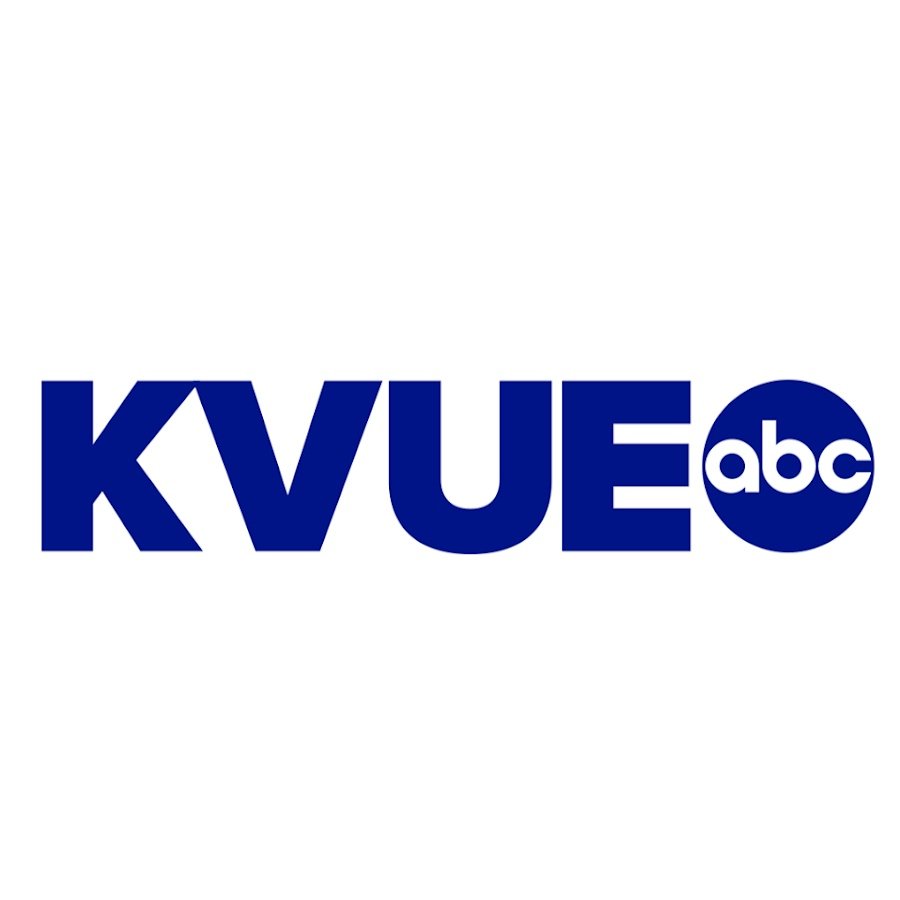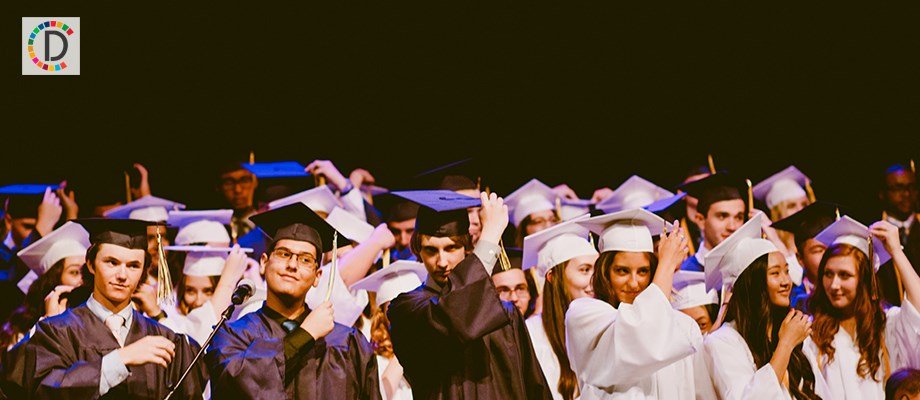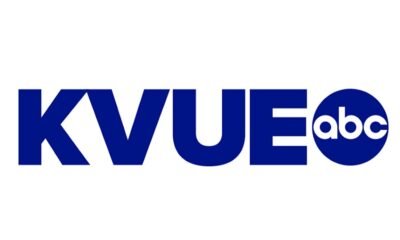Education
KVUE – YouTube

Education
AI and the Future of Learning at the Acropolis

At the foot of the Acropolis in Athens, Demis Hassabis, the CEO of Google’s DeepMind and 2024 Nobel laureate, underscored the imperative skill of learning how to learn in an era dominated by Artificial Intelligence. Addressing attendees at an ancient Roman theatre, Hassabis illuminated the pressing need for adaptability amidst rapid technological evolution.
Hassabis highlighted the future potential of artificial general intelligence, predicting its arrival within a decade. He emphasized the requirement for ‘meta-skills’, such as mastering new disciplines, to complement traditional education in fields like math and science. His remarks reflect the necessity of continual learning to navigate the swiftly changing landscape catalyzed by AI innovations.
Joining the discussion, Greek Prime Minister Kyriakos Mitsotakis warned about the financial inequalities proliferated by burgeoning tech behemoths. He pointed out the potential social unrest stemming from disproportionate wealth generated within a few companies, urging that AI advancements benefit all layers of society.
Education
For Good or Ill (or Both), College Students See AI as the Future

(TNS) — When incoming freshman Matt Cooper first set his eyes out for a coveted sousaphone position for the L row at The Ohio State University Marching Band, he prepared for auditions like anyone else would: practicing, playing, asking for help.
Except help came not from a coach, but from ChatGPT.
For many college students like Cooper, artificial intelligence has become a part of daily life.
This widespread everyday adoption marks a stark contrast from even a couple years ago, though: When OpenAI first introduced its chatbot to the public in 2022, the idea of AI in school settings ignited a heated debate on how the technology belonged in the classroom, if at all.
Just three years later, its adoption has spread rapidly. A recent nationwide study by Grammarly found that 87 percent of higher-ed students use AI for school, and 90 percent use it in daily life — spending 10 hours on average each week using AI. (Another study by the Digital Education Council had similar insights, finding that 86 percent of students around the world use AI for their studies.)
Yet colleges still have a patch quilt of standards for what constitutes acceptable AI use and what’s verboten. Across majors and universities in the U.S., Grammarly also discovered that while 78 percent of students say their schools have an AI policy, 32 percent say the policy is to not use AI. Nearly 46 percent of students said they worried about getting in trouble for using AI.
For instance, using AI to break down complex topics covered in class might be generally accepted, but using ChatGPT to edit an essay might raise some eyebrows.
Meanwhile, as students engage with the real world and consider their career options, they feel like they’re going to be left behind if they don’t develop AI expertise, especially as they complete internships, where they’re told as much to their faces. AI literacy has been called the most in-demand skill for workers in 2025.
That’s creating mixed emotions among college students, who are caught in between trying to follow two different sets of rules simultaneously.
To understand just how much AI has transformed young people’s lives, Fast Company reached out to undergraduates nationwide to find out how they’re navigating these conflicting mandates. What we found is that as the new technology continues to evolve, it’s carving a spot into the lives of college students — whether adults (or the students themselves) like it or not.
In this Premium story, you’ll learn:
- The creative ways Gen Z students are incorporating AI into their lives to become AI fluent, even if they can’t use it in their studies
- Why AI’s popularity as a coding assistant is starting to change how colleges think about AI in the classroom
- How current and recent students are striking a balance between “old school” and “new school” ways of learning
AN EVERYDAY COMPANION
As Ohio State’s Cooper practiced all summer for auditions, he found new ways to include technology into his life. “AI has actually helped a fairly decent amount with it, in ways that people wouldn’t normally expect,” he says.
From generating music sheets, or helping him memorize major scales and read key signatures, ChatGPT became Cooper’s trusted virtual coach. “In a matter of 20 seconds, it can come up with a full sheet of music to practice on any difficulty,” he says. (On top of that, the chatbot does it all for free.)
When Caitlin Conway, a senior at Loyola Marymount University in Los Angeles, returned to school after a full-time internship in marketing, she found university life to be a bit of reverse culture shock after being out in the workforce. But she’s found easy-to-use chatbots like ChatGPT useful for adding more structure to her days.
“I found that you have so much time that sometimes you don’t really know what to do with it,” Conway says. “I use ChatGPT to make a schedule. Like: ‘I want to have this amount of time to do studying, to do my homework, and do a yoga class,’ and it’ll come up with an easy schedule for me to follow.”
Maliha Mahmud, a rising senior in business and advertising at the University of Florida, uses AI to streamline daily tasks outside of class. She’ll ask ChatGPT to craft a series of recipes with leftover ingredients in her fridge (as opposed to relying on instant ramen like generations of college kids before her). For school, Mahmud relies on AI as a sort of private instructor, willing to answer questions at any time. “I’ll tell AI to break a concept down to me as if they’re talking to a middle schooler to understand it more,” she says.
Many students also mentioned Google’s Notebook LM, an AI tool that helps analyze sources you upload, rather than searching the web for answers. Students can upload their notes, required readings, and journals to the platform, and ask Notebook LM to make custom audio summaries with human-like voices.
Still, the value of AI was oftentimes taught outside the classroom, in the workforce. Many students saying they were not only allowed, but encouraged to use AI during their internships. At her first internship at a tech PR company, New York University senior Anyka Chakravarty says that she felt that “to be a successful person, you need to become AI fluent, so there’s a tension there as well.”
Mahmud echoes Chakravarty’s experience. “During my internship, it was encouraged to be utilizing AI,” she says. “At first I thought it was a replacement, or that it was not letting us critically think. [But] it has been such a time saver.” Mahmud used Microsoft’s Copilot to automatically transcribe meetings, take notes, and send them to participants — tasks an intern would have done manually in the past.
All this is a far cry from how college students have been conditioned to think about AI as potential grounds for expulsion.
A CHECKERED PAST (AND PRESENT)
Today’s college generation was raised on plagiarism anxiety. Their pre-GPT world involved rechecking citations and resorting to online plagiarism checkers.
“I was just like, ‘I don’t want to touch this, because I don’t want to be ever accused of plagiarism.’ It definitely could be seen as very taboo,” says Grant Dutro, a recent economics and communications graduate from Wheaton College in Illinois.
Although more than half of students now use AI routinely, it wasn’t always welcomed with open arms — particularly for students who started college without it. Most students interviewed expressed an initial hesitation towards AI, because of that all-too-well known fear of getting flagged for plagiarism.
For decades, students were told that they could face severe repercussions for turning to the internet to download pre-written essays, copying material from books or blogs, and more. As technology advanced, so did the opportunities to plagiarize, particularly with the rise of services like TurnItIn, which flags copy-pasted and non-cited sources on essays.
Although colleges have managed to catch up with setting guidelines in place, the policies are oftentimes prohibitive, unclear, or left to the instructors. For many teachers, the AI policies in their classrooms are not universal, which is confusing for students and may even lead them to inadvertently getting in trouble.
For students whose policy falls to an instructor-by-instructor basis, this can sometimes mean that students taking the same course, but with different professors, could have vastly different experiences with AI, at least in the classroom.
“It’s morally incomprehensible to me that a large institution would not put front and center defining what their policies are, making sure they are consistent within departments,” says Jenny Maxwell, Grammarly’s head of education. “Because of the institution not being clear on their policy, their own students are being harmed because of that lack of communication,” Maxwell added.
While AI use in school appears to be steadily destigmatized among students, it certainly is in the workplace. Some students who recently completed internships said that not only were they allowed to use AI on the job, but were encouraged to do so (Sure enough, experts recommend recent grads upskill themselves in AI literacy, while one in three managers say they’ll refuse to hire candidates with no AI skills.)
A NEW WAY TO LEARN
The conflicting messages of “AI gets you in trouble” and “AI is the future” complicates the technology’s presence in college students’ lives, be it in class, on an internship, or in the dorm. But for many, it’s simply shifting what learning looks like.
For instance, the framework to evaluate students’s success might have depended on essays in the past. But today, it might be more suitable to judge both the essay and the process of writing with technology, Grammarly’s Maxwell says. Many students say that standards are changing to measure their learning already.
Claire Shaw, a former engineering student at the University of Toronto who graduated in 2024, explained that when she began college, she learned the basics of coding at the same time that AI piqued the interest of her instructors. She learned the “old school” way while being encouraged by some of her teachers to play with new technology. Still, Shaw did not start using AI for school until her fourth year. Now, she believes a balance between old school and new school can exist.
“You’re allowed to use AI tools, so the standard for those kinds of coding assignments were elevated,” Shaw says. It points to a big shift: In academia, where AI was (and in many cases, still does) feel taboo, it’s also being embraced, even in class.
But now that AI is now an expected tool, the difficulty of coding assignments has been elevated, she says, leading to more advanced projects at an earlier stage in a student’s career. And while this might be exciting, and a great prep for the future, Shaw still highlights the need to understand fundamentals — skills you learn on your own without AI’s help — before jumping in head first.
“There are certain moments where we still need to test the raw skills of somebody by setting up environments that don’t have AI tool access,” she explained, referencing in-person examinations with no AI tools available.
Think of it as learning to drive stick, while automatic cars exist — combining AI with traditional teaching methods may create a more holistic education. Similarly for humanities majors, some instructors are taking notes out of the old school playbook to measure these “raw skills,” like debating, communication, and critical thinking. “We’ve turned to doing a lot more interactive stuff, like doing discussion circles, or handwriting pieces of writing,” says NYU’s Chakravarty, who’s also a mentor in the school’s writing center.
College students know AI isn’t going anywhere. Even though everyone — students, teachers, schools, first bosses — continues to stumble their way through adoption, there will be some aspects of the college experience that may never go obsolete.
“My professors brought out blue books again,” says Chakravarty. “Which I hadn’t had since, like, my first semester.”
Fast Company © 2025 Mansueto Ventures, LLC. Distributed by Tribune Content Agency, LLC.
Education
‘Preposterous’ that AI created non-existent sources in Education Accord, says education minister

Newfoundland and Labrador Education Minister Bernie Davis admitted he did not know how the fake citations — which he referred to as errors — got into the Education Accord, but said they were not generated by artificial intelligence. The CBC’s Zach Goudie reports.
-

 Business2 weeks ago
Business2 weeks agoThe Guardian view on Trump and the Fed: independence is no substitute for accountability | Editorial
-
Tools & Platforms1 month ago
Building Trust in Military AI Starts with Opening the Black Box – War on the Rocks
-

 Ethics & Policy2 months ago
Ethics & Policy2 months agoSDAIA Supports Saudi Arabia’s Leadership in Shaping Global AI Ethics, Policy, and Research – وكالة الأنباء السعودية
-

 Events & Conferences4 months ago
Events & Conferences4 months agoJourney to 1000 models: Scaling Instagram’s recommendation system
-

 Jobs & Careers2 months ago
Jobs & Careers2 months agoMumbai-based Perplexity Alternative Has 60k+ Users Without Funding
-

 Podcasts & Talks2 months ago
Podcasts & Talks2 months agoHappy 4th of July! 🎆 Made with Veo 3 in Gemini
-

 Education2 months ago
Education2 months agoMacron says UK and France have duty to tackle illegal migration ‘with humanity, solidarity and firmness’ – UK politics live | Politics
-

 Education2 months ago
Education2 months agoVEX Robotics launches AI-powered classroom robotics system
-

 Funding & Business2 months ago
Funding & Business2 months agoKayak and Expedia race to build AI travel agents that turn social posts into itineraries
-

 Podcasts & Talks2 months ago
Podcasts & Talks2 months agoOpenAI 🤝 @teamganassi







